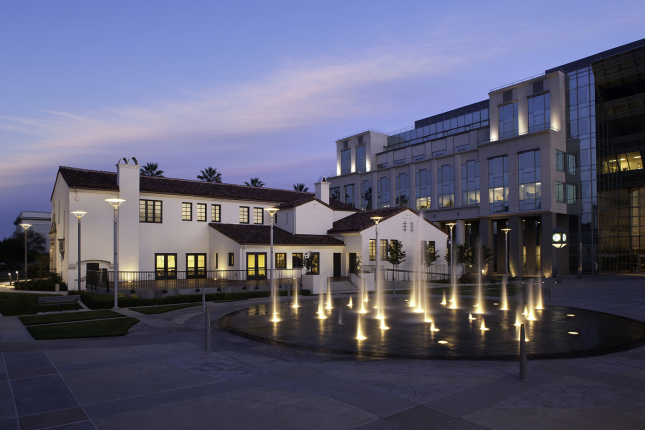How Generation Z Could Solve the Water Workforce’s Talent Problem

Chris Shaffner is the senior vice president of the Water and Community Facilities division at CoBank, a national cooperative bank serving vital industries across rural America by providing loans, leases, export financing, and other financial services in all 50 states. Chris oversees the strategic growth and management of CoBank’s water infrastructure lending, rural healthcare investments, and rural equity funds. Before joining CoBank, Chris held various leadership positions in both public and private organizations, including heading Manhattan borough operations for the New York City Housing Authority.
Although we might need to wait another year for the American Society of Civil Engineers’ “Infrastructure Report,” pattern and practice would tell us that U.S. infrastructure will receive a D+ yet again — the same grade it earned in both 2017 and 2013.
Part of this is due to money, as local budget constraints force many areas to forgo even regular maintenance to their water infrastructure. But complacency has also played a role: Oftentimes, it isn’t until water access comes into question that municipalities will free up the funds to upgrade systems.
Bringing water infrastructure into the 21st century would obviously solve a lion’s share of the problem. After all, many water distribution pipes are well past retirement. But like the systems themselves, our water utility workforce is aging. According to a Brookings Institution report, roughly one-third of drinking water and wastewater operators will be eligible to retire within the decade.
Refilling the Pipeline
Generation Z might just be the answer — not only to fill a sluggish talent pipeline, but also to usher in advancements that make water systems more reliable. Water ties back to nearly every issue facing society: Regulatory, social equity, health, and environmental problems all relate to lack of clean water access.
Sparking Gen Z’s interest in the water sector is no small order, but it is a necessity. These digital natives are already disrupting several other industries and modernizing how companies conduct business. The water industry is perfectly suited for this disruption. It also happens to be geared toward their interests — namely making a positive impact.
Attracting and retaining these younger workers takes a proactive approach. But the steps for doing so are still practical, and they often start with the following:
Create a seamless hiring process
Candidates build a perception of a potential employer from every interaction within the hiring process. Each friction point creates drag and can cause candidates to abandon an application. In turn, this gradually shrinks talent pools.
Don’t make the hiring process harder than it needs to be; work toward a clear, consistent, and effortless candidate experience. What’s more, keep job descriptions compelling and free of jargon — that’s yet another friction point that can make younger candidates rethink their decision to apply.
If you’re serious about recruiting Gen Z, you’ll also need to leverage technology. Not only can artificial intelligence, machine learning, and analytics add efficiency to the hiring process, but Gen Z is also tech savvy. These are the recruits who can wholeheartedly embrace the future.
Think about what makes Gen Z tick
Recruiting Gen Zers is only half the battle. You need to put just as much time and effort into employee engagement if you want to retain them.
Gone are the days of quarterly reviews. Continuous feedback is now key to job satisfaction and helping hires develop into the talent of the future. From there, look for ways to weave these new recruits into the fabric of your organization.
Do you have any corporate social responsibility initiatives? Gen Z is a civic-driven bunch that wants to give back to the community at large. (One-third would even take a pay cut to work for an organization that supports a cause they believe in.) Involve them in any philanthropic efforts or ask them to lead the charge.
In fact, water infrastructure itself can be considered a social initiative, as it grants communities reliable access to drinking water and wastewater systems. There’s a storytelling element of the job that can help this group appreciate the nature of this work.
Beyond that, give Gen Z (and all employees, for that matter) what they need to thrive. What that looks like is often development opportunities, work-life balance, and freedom to explore their ideas at work.
This next-generation workforce wants to find an employer that’s about more than profits — Gen Zers want to work for an organization with a robust purpose. That’s the water industry at its heart. Make sure you can demonstrate the good Gen Z applicants can do when joining the water workforce, and don’t forget to value their commitment to making a positive change.

CAREER ADVICE

GOV TALK




